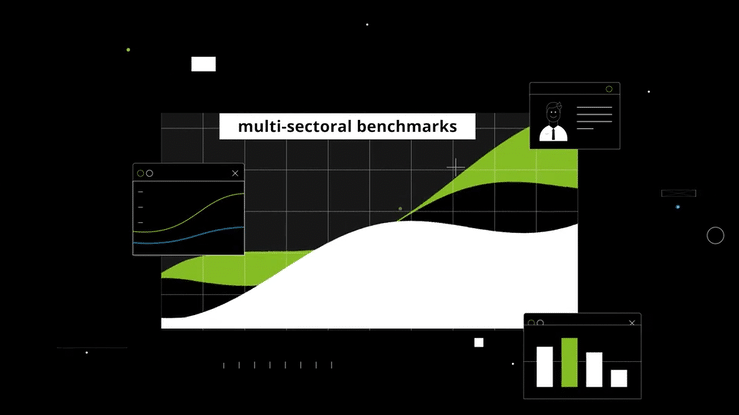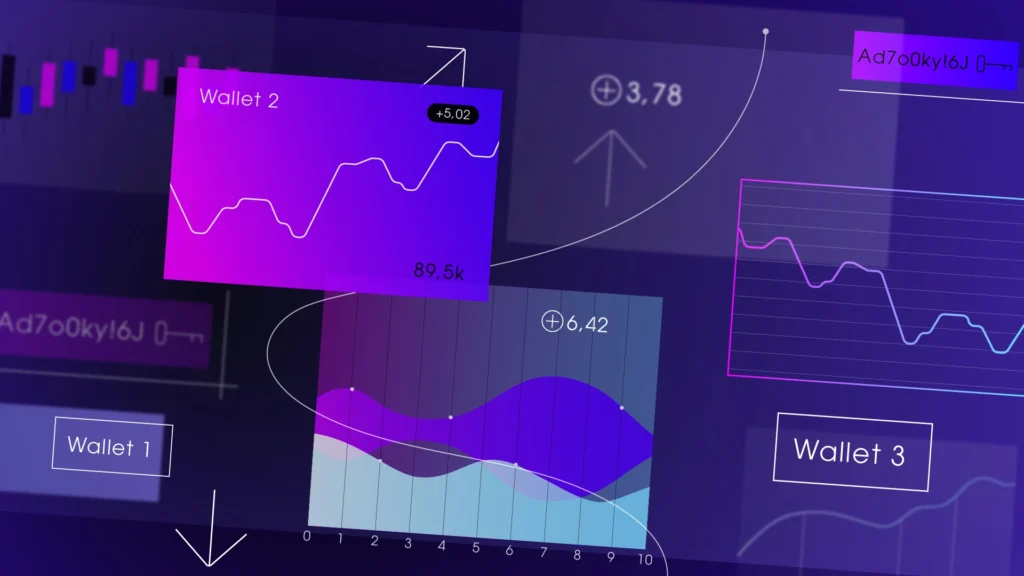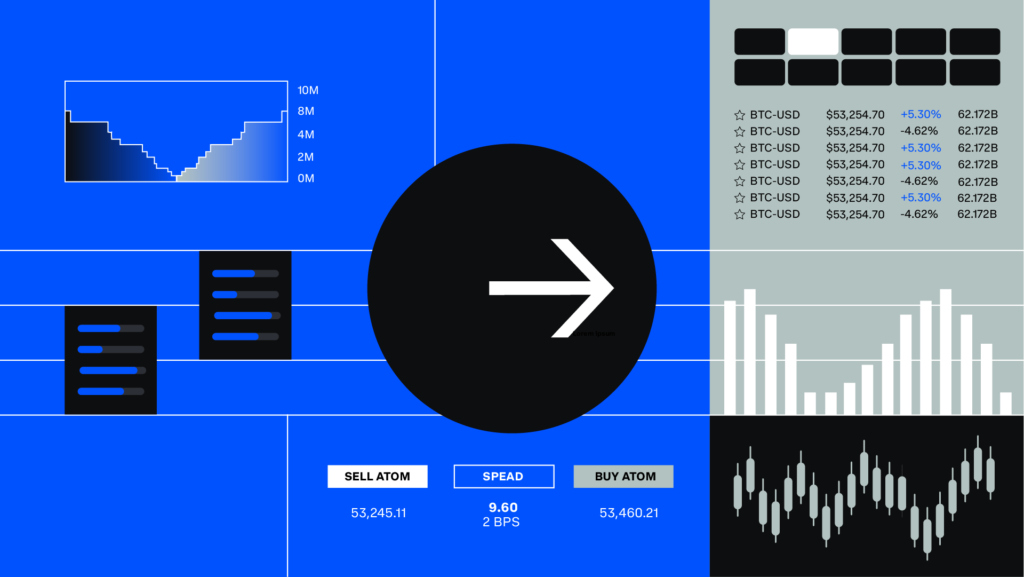Big motion graphics benefits for the Financial Industry

Motion Graphics Agencies like Wideview can help the financial industry by simplifying complex financial concepts, improving data visualization, enhancing customer interactions, strengthening marketing strategies, and streamlining training and compliance efforts. Embracing motion graphics can provide a competitive edge, foster better client relationships, and drive growth for financial institutions in today’s dynamic and technology-driven landscape.
Visualizing Complex Financial Concepts with Animated Videos
The financial industry deals with intricate concepts, ranging from investment strategies and portfolio diversification to risk management and economic indicators. Communicating these complex ideas to clients and stakeholders can be challenging, as financial jargon and data-heavy presentations often lead to confusion and disengagement. Motion graphics offer a powerful solution to this problem by transforming complex financial concepts into visually engaging and easily understandable animations:
1. Animated Infographics: Motion graphics work to effectively present financial data and statistics through animated infographics. Instead of traditional static charts and graphs, animated infographics add movement and interactivity, making it easier for audiences to grasp the information. For example, an investment firm can use motion graphics to showcase the performance of various investment funds over time, highlighting trends and fluctuations in a visually appealing manner.
2. Explainer Videos: Explainer videos are a popular form of motion graphics that provide concise and compelling explanations of financial concepts. A bank could create an explainer video to introduce clients to the basics of retirement planning, using animated visuals to illustrate the benefits of long-term investing and the power of compound interest. The engaging nature of motion graphics in these videos can hold viewers’ attention and increase their understanding of complex financial topics.

Demonstrating Investment Strategies with Explainer Videos
Motion graphics can be employed to visually showcase different investment strategies and their potential outcomes. Financial advisors can use animated scenarios to demonstrate how various portfolio allocations may perform in various market conditions. By visualizing the potential risks and rewards of different strategies, clients can make more informed decisions about their investments.

Simulating Economic Scenarios with Animated Infographics
Economic concepts and their impact on financial markets can be abstract and challenging to comprehend. Motion graphics brings these scenarios to life by animating economic indicators and their effects on investments and businesses. For example, an animated video can illustrate the consequences of an economic recession on a diversified investment portfolio, helping clients understand the importance of risk diversification.
Financial institutions accumulate vast amounts of data, which can be overwhelming. Motion graphics transforms these data sets into compelling visuals, such as interactive dashboards and animated charts, making it easier for analysts and decision-makers to identify patterns, trends, and insights. The dynamic nature of motion graphics allows for real-time updates, facilitating more informed and data-driven decisions.

Create Social Media Content with our Motion Graphics Studio
In the competitive financial sector, effective marketing and branding are essential for standing out and attracting customers in an aggressive market. Social media platforms will continue to be crucial for financial institutions like all companies to reach their target audience. Motion graphics are well-suited for social media marketing, where attention spans are short, and engaging content is essential. By 2025, motion graphic-based ads and short videos tailored for social media platforms are likely to become even more prevalent, capturing viewers’ attention and driving brand awareness.
Explainer video company can help with Training videos
Regulatory compliance and employee training are critical aspects in the financial industry. Motion graphics offer an efficient and engaging method for training employees on company policies, compliance regulations, and industry best practices. Animated training modules can cover topics such as anti-money laundering (AML), cybersecurity, and risk management. Motion graphics make learning more interactive and memorable, leading to better retention of information and improved adherence to compliance standards.
The role of motion graphics in financial industry training and compliance is expected to evolve rapidly by 2025. These visual and interactive tools will play a crucial role in cultivating a highly skilled and knowledgeable workforce, ensuring adherence to complex regulations, and fostering a culture of continuous learning within financial institutions. As technology advances, motion graphics will be at the forefront of creating innovative and effective training solutions in the financial sector.